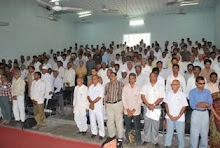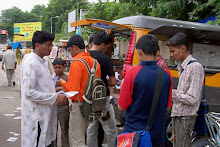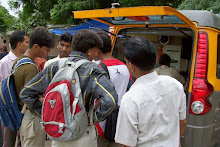Hindustan Times: Chandigarh:
Monday, April 29, 2013.
The Punjab
government has accepted that its decision to merge government primary schools
in close vicinity of each other by closing down 690 such schools was taken
without properly looking into vital parameters such as availability of
classrooms, toilets and drinking water, and thus it was kept on hold.
This
information was given by the office of the Punjab director general, school education
(DGSE), in response to a demand notice sent by advocate and RTI activist HC
Arora.
Though the
state education department, with the prior approval of education minister
Sikander Singh Maluka, had given the green signal for the merger of schools on
the basis of parameters of vicinity, infrastructure, teachers and the
neighbourhood of children on March 26, but on April 9, the decision had to be
kept in abeyance. The merger decision was taken on the basis of reports
submitted by district-level committees headed by district education officers.
On March 26,
the education department had ordered the closure of 690 government primary
schools by merging them with other such schools which are within a distance of
less than 1km or in the same revenue village so as to overcome the shortage of
teachers.
However, in
one such case, a primary school at Gujarpura village was ordered merged with
another primary school, at Kot Mahana Singh village (Amritsar district), which
is 2.5km away.
The DGSE's
reply states that at a meeting of district education officers on April 6, it
had been decided that district-level committees must again review every case of
primary school merger in such a manner that the children and their parents
should not face any problem after the merger.
It was then
that the field officers were communicated on April 9 not to go ahead with the
merger decision and to send a detailed proposal to the DGSE.
Arora, in his
demand notice, had suggested to the government that since it was a general
perception that only children of very poor people were studying in these
schools, the merger of such schools with distant schools for the sake of saving
a few posts of teachers and funds would not be a genuine criteria. Citing the
Comptroller and Auditor General's report of sharp increase in the number of
Punjab village school dropouts even when the schools were available at
students' threshold, Arora had submitted that forcing such students to travel
longer distance would worsen the condition.














































































